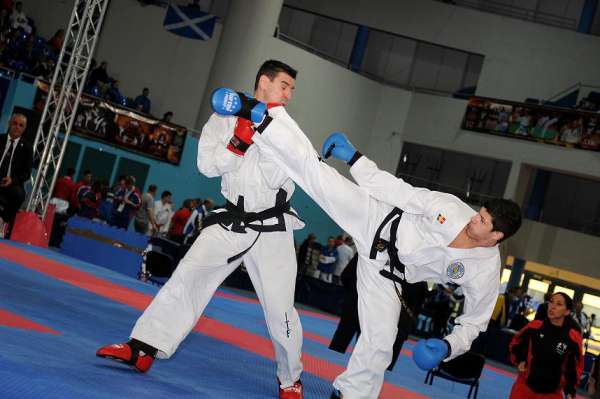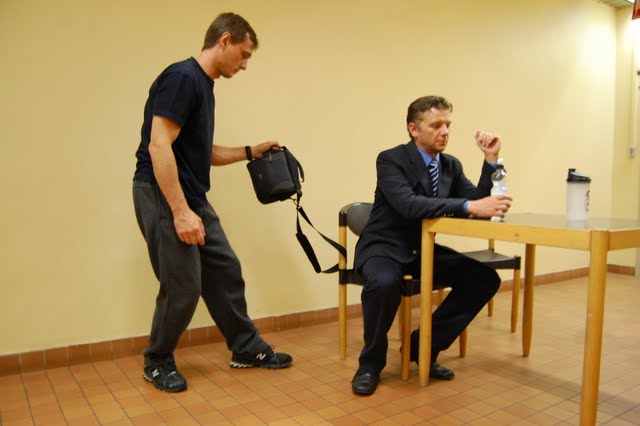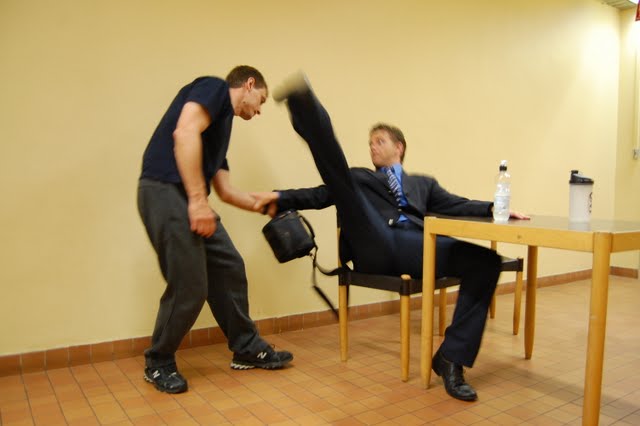About Taekwon-Do
Taekwon-Do is a way of life. Taekwon-Do is a modern Korean martial art, characterized by fast, high, jumping, spinning kicks, and quick footwork. It is an all-around program that offers self-defense training, physical exercise, and artistic expression; all taught by an experienced professional instructor.
Literally translated, Taekwon-Do breaks down to "tae" meaning to kick with the foot, "kwon" meaning to punch or strike with the hand, and "do" meaning art or way. Therefore, Taekwon-Do translates to "the art of kicking and punching." Its physical aspects come from the kicking and punching, while its spiritual aspects come from the art.
Fundamental Movements
Fundamental movements are basic elements that can be compared to musical notes; when put them together, they produce a harmonious result. There are more than 3,000 fundamental movements in Taekwon-Do, including defensive and attack movements.
The practice of Taekwon-Do requires the use of all parts of the body and helps to improve balance, co-ordination, and to master each technique of TKD.

Patterns
A pattern is a choreography in which the practitioner executes an imaginary fight against one or several attackers. Correct breathing generates internal energy, which increases power.
Every fundamental movement is like a musical note, so every pattern is like a song produced by assembling those notes.
There are 24 twenty-four patterns. The founder of Taekwon-Do (General Choi Hong Hi) chooses the number 24 to represent the 24 hours in the day, a continuously repeated cycle of eternity.
By training patterns regularly, students can improve: memory skills, concentration, muscular development, coordination, and balance.
Patterns must be performed using a "sine wave movement", which is the principle for the development of power by generating a maximum of speed and mass through relaxation, breathing, and hip movements.

Sparring
Sparring is the practical application of techniques against a real adversary, or several. Training sparring regularly will help the student to build his/her self-control, self-confidence and courage.
By practicing, the student will work the ability of setting his/her own strategy, anticipate the tactics of the opponent, and improve accuracy, speed, timing, balance and reflexes to respond when necessary in self defense.
Types of sparring: free sparring, step sparring and pre-arranged free sparring.
- Free Sparring:
Free sparring is not pre-arranged by the practitioners. There is controlled contact, as it is an open combat where the practitioners can use all learned techniques. Protective equipment is used to prevent injuries.

- Step Sparring and Pre-Arranged Free Sparring:
Step or pre-arranged sparring is planned in advance by the practitioners. There is no contact; as its purpose is to control the different techniques by mastering distance. (Stopping very near to the target)
There are three levels of step sparring: 3 step for beginners, 2 step or intermediates, and 1 step for advanced.
In championships, pre-arranged free sparring is practiced as a non-stop fight. There are specific rules, in which hand and foot techniques are allowed.

Breaking
The purpose of breaking is to help the student to develop self-confidence, precision, determination, concentration, balance and produce maximum power by the correct and efficient execution of the techniques.
Power breaking requires to break a specific number of boards with designated techniques.
Special techniques combine athletic performance with perfect execution of techniques, usually flying techniques.

Self-defense
Taekwon-Do techniques are to be used in cases of grave and immediate danger for the practitioner or someone he/she must protect.
The regular practice will help the student to develop self-confidence, and reflexes to react in case of need. Specific techniques are practiced in training sessions and can include techniques using the elbow, knee and attacks to vital points that may be used in special circumstances (for instance one or several attackers, armed or unarmed opponents, on the floor, etc.)

 
|